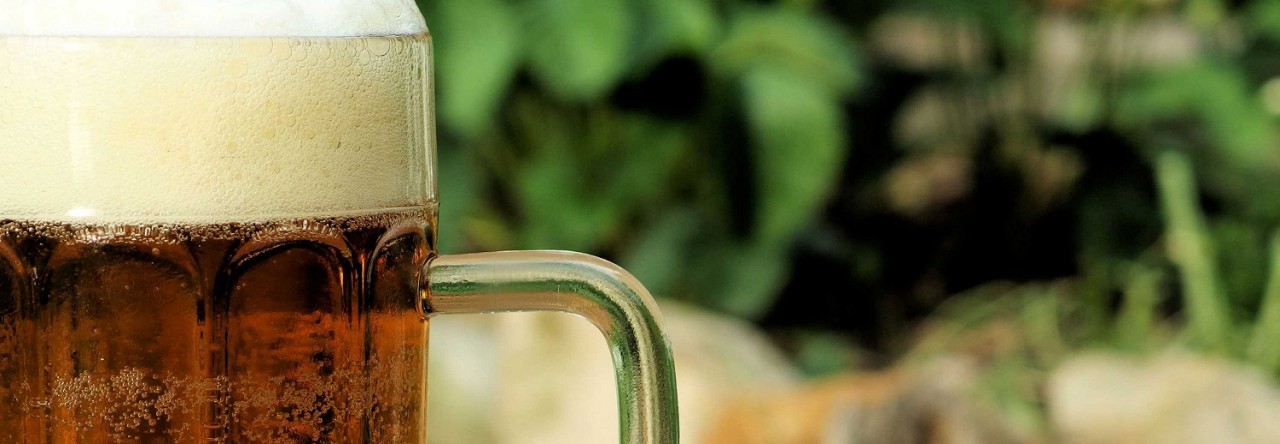We wrap up this round of the Jar of Destiny challenge with two beers for the price of one. The category is 28A that is simply Brett Beer. The guideline for this category stipulate that you are to brew a known beer style and then ferment with brettanomyces. Well, that’s what Mike did. He brewed a Belgian Dubbel and then fermented half of the batch with Brett. Let’s see how both beers turned out.
Belgian Dubbel With Brett Recipe
Base Beer:
11 pounds of Belgian pilsner malt
12 ounces of Aromatic malt
8 ounces of Biscuit malt
8 ounces of Caravienne malt
1.5 ounces of Carafa Special III malt (for color)
1 pound of D90 syrup
1 pound of table sugar
Yeast:
WYeast 1762 Belgian Abbey yeast
Brettanomyces Fermentation:
After three days of WYeast 1762 fermentation with the Belgian Abbey yeast, add Brettanomyces bruxellensis to one of the beers. Allow the beer to ferment with Brettanomyces for about a month and a half.
ABV: 7.75%.
The Comparison
The non-Brett base beer Belgian Dubbel, is dry with a nice copper-amber color. It has a pleasant flavor profile with dark fruit notes. The beer fermented with Brettanomyces is noticeably different. The dark fruit flavors are muted, and instead, it has a pleasant tinge of leather and a slightly spicier and more phenolic quality. The finish is cleaner, making it more drinkable compared to the base beer. The Brett beer has a refined flavor profile. A “smoothing out” of the strong flavors of the base beer makes it highly drinkable and enjoyable. With more time, the Brett character may mature even further. Mike’s plan is to bottle the beers with priming sugar to allow for aging and see how they develop over time.
If you are looking to brew for a competition, understand that the guidelines emphasize the beer should have Brett fermenting as a companion organism rather than a solo organism. The subcategory falls under the larger BJCP category of American Wild Ales. When considering judging guidelines, the focus is on how well the Brett character plays with the base style. The judges will be looking for a harmonious integration of the Brett character. In this case, we feel like the Brett character plays well with the Belgian Dubbel style, resulting in a unique and highly drinkable beer.
BREW ON!
Links To The Jar of Destiny Series Results
Check out the British Strong Ale post
Check out the Black IPA post
Check out the International Amber Lager post
Check out the Belgian Tripel post
Check out the Double IPA post
Check out the Kölsch post
Check out the English IPA post
Check out the Wood-Aged Beer post
Check out the Belgian Golden Strong Ale post
Check out the American Amber Ale post
Check out the German Pils post
Check out the Brett Beer post
Check out the Munich Helles post
Check out the Imperial Stout post
Check out the Foreign Extra Stout post
Check out the Belgian IPA post
Check out the Eisbock post
Check out the Czech Dark Lager post
Check out the California Common post
Check out the American Light Lager post
Check out the Pale Kellerbier post
Check out the Belgian Pale Ale post
Check out the Trappist Single post
Check out the Classic Style Smoked Beer post
Check out the Czech Amber Lager post
Check out the Gueuze post
Check out the Irish Stout post
Check out the Tropical Stout post
Check out the Schwarzbier post
Check out the American Wheat Beer post
